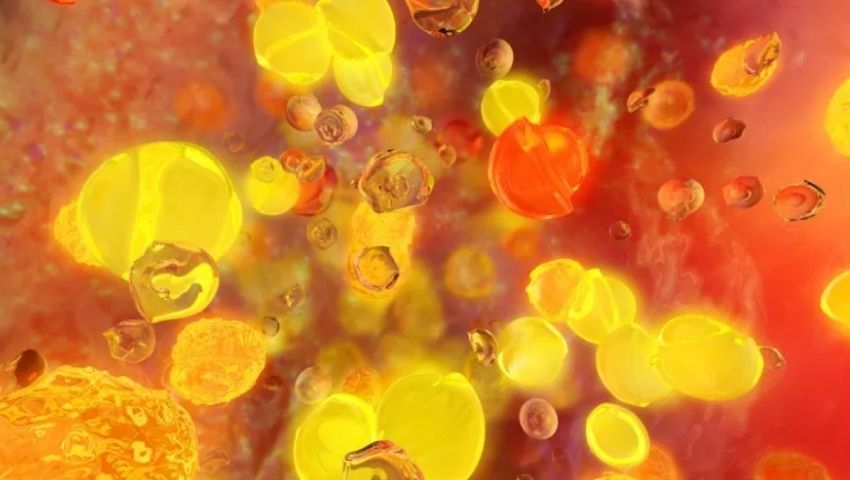A group of researchers from the Cnr Institutes for Biomedical Research and Innovation (Irib) and Biochemistry and Cell Biology (Ibbc), along with colleagues from the European Institute for Brain Research (Ebri) and the University of Catania, have deciphered the ‘program’, this is the set of instructions that regulate Neuronal turnover. The results have been published in the journal Cells.
Neuronal regeneration is essential for the development, maintenance and regeneration of our nervous system. It is finely regulated by opposing stimuli, which can support neuronal survival or induce apoptosis, a genetically programmed cell suicide. Imbalances in the molecular mechanisms involved in neuronal regeneration underlie pathological conditions and can cause developmental defects, tumors, or neurodegenerative diseases.
“We have been for some time on the trail of the mechanisms that govern the life and death of neurons,” says Sebastiano Cavallaro, Director of Research at the Institute for Biomedical Research and Innovation (Cnr-Irib), head of the Genome Laboratory in Catania. cellsFor the first time, we have deciphered the set of instructions that control these critically important processes and the effects that their disruptions can have on human disease. As with computers, where crashes are often caused by faulty software, altered neuronal regeneration can result from a faulty software. “.
Transcriptome analysis, that is, the set of mRNA, initially allowed the characterization of the transcriptional programme, that is, the genes involved in the steps in which a neuron decides to carry out or not to carry out apoptosis. This program appears to be common in other cells, as it is involved not only in neurological diseases, but also in psychiatric and oncological diseases. Moreover, drugs already used in the treatment of these diseases are able to restore this transcription program, highlighting its clinical implications.
To decode the program, this is the set of instructions that regulate neuronal turnover, and a reverse-engineered process was used to identify the transcription factors driving the transcriptional program with hierarchical regulation. The regulation of these transcription factors by current pharmacological compounds may provide new therapeutic insights. Cavallaro concludes, “Deciphering cell life or death can help identify failure and treatment in many diseases through innovative pharmacology aimed not only at the end goals, but at the programs that control them.”

“Wannabe internet buff. Future teen idol. Hardcore zombie guru. Gamer. Avid creator. Entrepreneur. Bacon ninja.”

